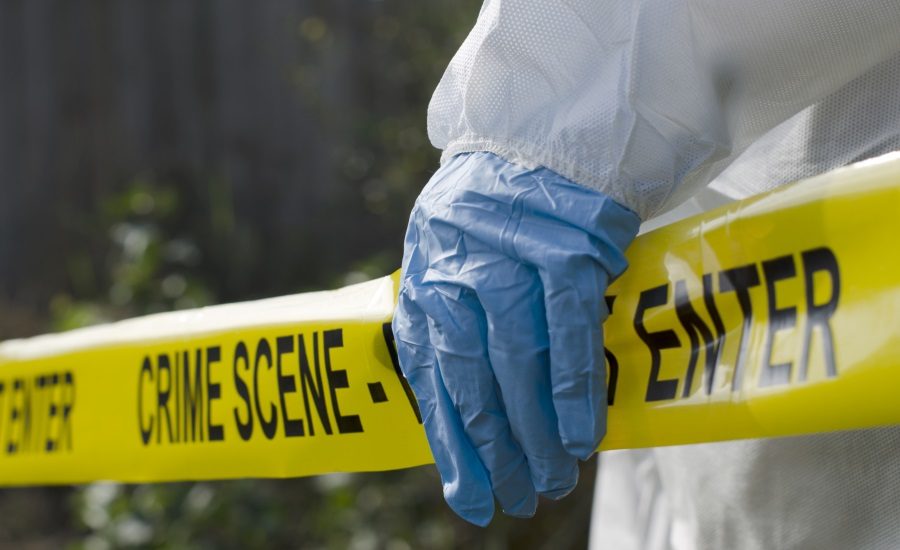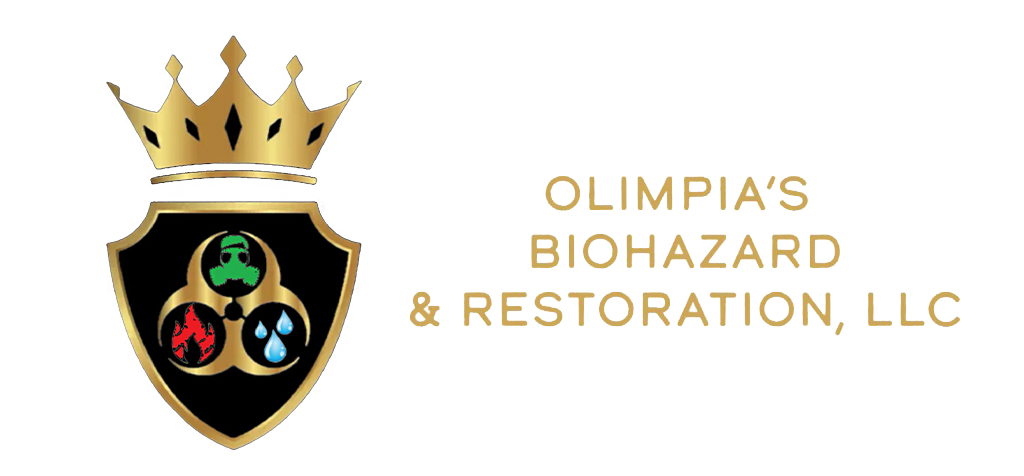In the wake of a crime, the scene is often left with the haunting remnants of tragedy. While law enforcement focuses on solving the case, an unsung hero emerges from the shadows – the crime scene cleaner. Beyond the meticulous task of restoring physical order, these professionals inadvertently become connected to another critical aspect of healing: victim advocacy. In this blog, Olympia’s Biohazard & Restoration LLC will help you explore the symbiotic relationship between crime scene cleanup and victim advocacy organizations, shedding light on the profound impact they collectively have on the journey from despair to recovery.
The Unseen Heroes: Crime Scene Cleanup Professionals
Crime scene cleaners, often unsung heroes in the aftermath of calamity, play a crucial role in restoring spaces tainted by violence. Their responsibilities extend far beyond the conventional mop and bucket, delving into the realms of empathy and discretion. Cleaning a crime scene involves not only the removal of bodily fluids and hazardous materials but also the delicate task of erasing the visual scars of trauma. This meticulous work not only facilitates physical recovery but also serves as a catalyst for emotional healing for the victims’ families.


The unique challenges crime scene cleaners face require a blend of technical expertise and compassion. These professionals navigate the fine line between anonymity and acknowledgement, silently working to transform spaces from sites of horror into places of solace. As they scrub away the stains of tragedy, crime scene cleaners find themselves unwittingly woven into the intricate fabric of victims’ stories.
1. The Silent Witnesses
Within the realm of crime scenes, where tragedy leaves an indelible mark, crime scene cleanup professionals emerge as silent witnesses to the aftermath. Their role extends beyond the physical act of cleaning, as they bear witness to the emotional residue that clings to every surface. This subheading explores the unique perspective these professionals gain, offering insight into the emotional toll of their work and the unspoken stories they encounter.
2. Technical Expertise and Compassion
Crime scene cleanup demands more than just technical proficiency; it requires a delicate balance of technical expertise and compassion. This section delves into the skills these professionals hone, discussing the nuances of their work that go beyond the surface cleaning. The emotional intelligence required to navigate the sensitive terrain of a crime scene underscores the humanity intertwined with the technical demands of the job.
3. Transforming Spaces, Restoring Dignity
Beyond the physical cleanup, crime scene professionals engage in a profound transformation of spaces tainted by violence. This transformation is not just about erasing the visible remnants of a crime but about restoring dignity to the affected areas. By exploring the symbolic significance of their work, this section delves into the nuanced process of turning a crime scene into a place of solace and renewal.
4. Anonymity and Acknowledgment
Operating in the shadows, crime scene cleanup professionals often find themselves at the crossroads of anonymity and acknowledgment. This subheading examines the delicate balance they maintain, ensuring that their work remains discreet while recognizing the importance of acknowledgment for the emotional toll they endure. It explores the psychological impact of their unique position within the narrative of crime and recovery.
Victim Advocacy Organizations: Guiding Lights in Darkness
In the aftermath of a crime, victims and their families grapple with an array of emotions, legal complexities, and the daunting task of rebuilding shattered lives. This is where victim advocacy organizations step in. These groups provide a lifeline, offering support, resources, and guidance throughout the harrowing journey towards justice and recovery.
Victim advocacy organizations are instrumental in connecting survivors with crucial services, including counseling, legal assistance, and financial support. They bridge the gap between victims and the criminal justice system, ensuring that the voices of those affected are heard and their rights are protected. These organizations become pillars of strength, standing beside survivors as they navigate the intricate web of post-traumatic challenges.
The Symbiosis Unveiled: Crime Scene Cleanup and Victim Advocacy
The intersection between crime scene cleanup and victim advocacy is a nuanced dance between two seemingly distinct realms. Crime scene cleaners, through their unobtrusive presence, inadvertently become witnesses to the aftermath of trauma. This unique perspective gives them insight into the profound impact of crime on individuals and communities.
The connection becomes more apparent as both professions share a common goal – facilitating healing. Crime scene cleaners contribute to this process by creating a clean slate for victims to rebuild their lives. The meticulous restoration of crime scenes is not just a physical task but a symbolic one, marking the transition from darkness to light.


Victim advocacy organizations recognize the integral role of crime scene cleaners in the narrative of recovery. These organizations often collaborate with cleanup professionals to ensure that victims receive the comprehensive support they need. The alliance is not merely practical; it is symbolic of a collective commitment to restoring dignity and normalcy to those who have experienced the unthinkable.
Moreover, crime scene cleaners serve as a bridge between the tangible evidence of the crime and the emotional aftermath. Their work is a form of silent advocacy, a tangible expression of empathy that goes beyond words. Knowing about why immediate crime scene cleanup is essential will open a new direction for you to think through. In recognizing the connection between these two professions, we unveil a holistic approach to healing that extends far beyond the immediate aftermath of a crime.
Conclusion
In the intricate tapestry of trauma and recovery, crime scene cleanup and victim advocacy organizations are interwoven threads, each contributing to the restoration of hope and resilience. There are various crime cleanup services as well as victim, advocacy organizations in Portland. Together, they embody a collective commitment to healing, recognizing that true recovery extends beyond the physical realm into the profound landscapes of the human spirit. As we acknowledge the symbiotic relationship between these professions, we pave the way for a more compassionate and integrated approach to supporting those who have faced the darkest moments of their lives.
FAQ’s
What is an example of a crime scene scenario?
In a dimly lit room, shattered glass litters the floor, and bloodstains mark the walls. A discarded weapon lies nearby, hinting at a violent struggle, while forensic markers highlight crucial evidence in the ongoing investigation.
Why is it important to secure the crime scene?
Securing the crime scene is paramount to preserve evidence integrity and ensure an accurate investigation. It prevents contamination, maintains the chain of custody, and enhances the chances of identifying and apprehending suspects.
What are the methods of searching crime scenes?
Crime scenes are systematically searched using grid, spiral, or strip methods, ensuring comprehensive coverage. Investigators employ a meticulous approach to locate and document evidence, aiding in the reconstruction of events.
What are the different types of crime scenes?
Crime scenes vary, including violent crimes like homicides, property crimes such as burglaries, and cybercrimes in virtual spaces. Each type requires distinct investigative approaches and forensic techniques.
What are the 7 steps of crime scene investigation?
Crime scene investigation involves securing the scene, separating witnesses, and documenting the environment through notes and photos. Investigators then collect evidence, such as fingerprints or DNA, analyze findings, and reconstruct the sequence of events to draw conclusions about the crime.
